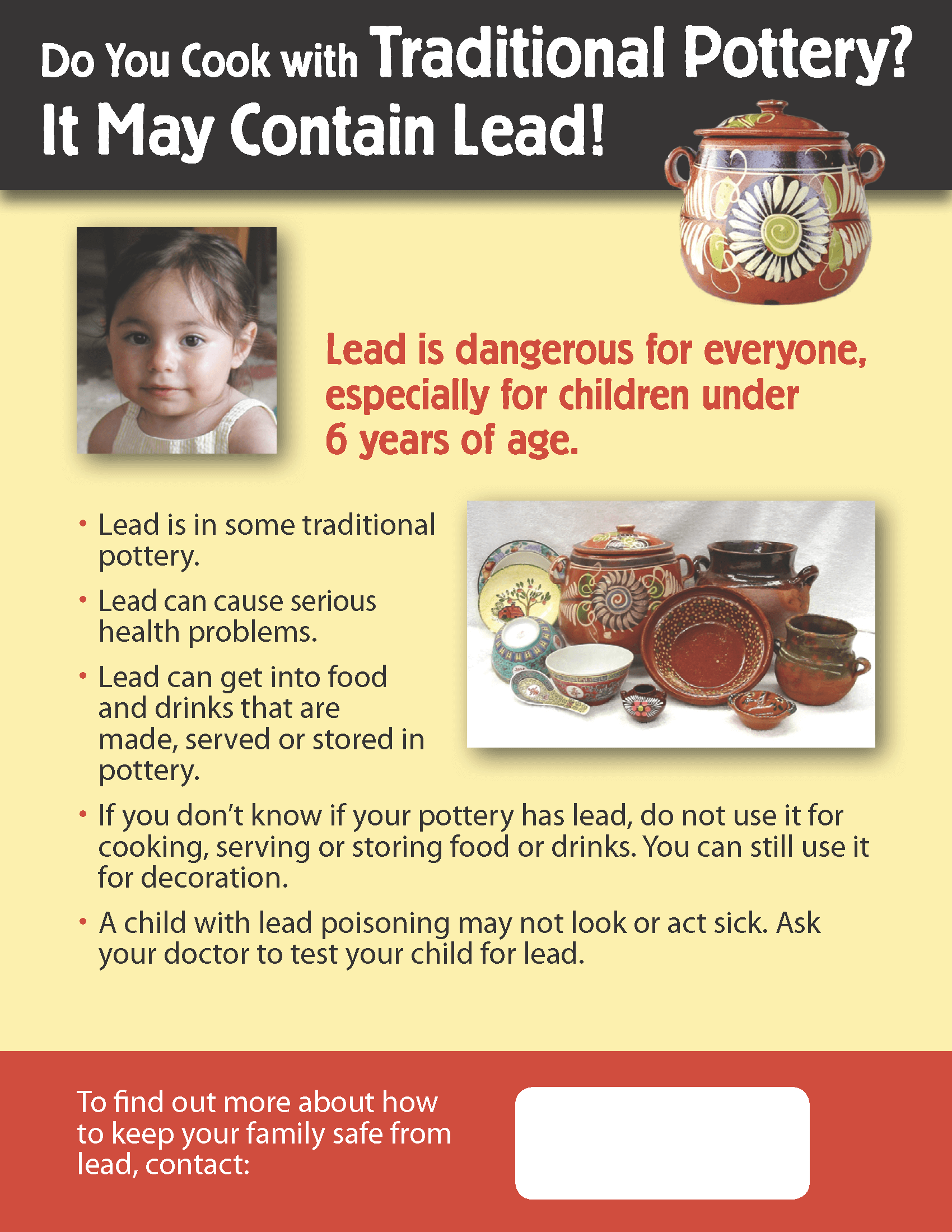- VaccinateHCWorkers_0.pdf (81.75 KB)
First do no harm : Protect patients by making sure all staff receive yearly influenza vaccine!
- VaccinateHCWorkers.pdf (81.75 KB)
Our members enjoy professional support, educational programs, and numerous opportunities for participation in association decision making. With your support, we can carry out our mission to advance the art and science of dental hygiene, and to promote the highest standards of education and practice in the profession.
An interactive lead case study by Susan Buchanan, MD, Linda Forst, MD, MPH, and Anne Evens, MS.
Photonovelas in English and Spanish. Produced by the North Carolina Farmworker Project.
- Heat_Illness_Novela_English.pdf (1.41 MB)
- Heat_Illness_Novela_Spanish.pdf (1.42 MB)
- fotonovela_directions.doc (77.5 KB)
MMWR August 7, 2009 / 58(RR09);1-11
The Health Care for the Homeless (HCH) Clinicians’ Network and Migrant Clinicians Network (MCN) serve as National Partners to the HRSA Health Disparities Collaboratives. One of the critical roles for both organizations is helping health centers identify their migrant and homeless patients. Both organizations share a commitment to the principal that mobility should not be a barrier for health care access or continuity of care. What follows is a set of succinct and helpful suggestions for how to better identify homeless and migrant patients in your practice.
- IdentifingMigrantAndHomelessPatients.pdf (30.13 KB)
This site holds many medical Spanish material, including a comprehensive medical Spanish dictionary, complete with audio.
California Department of Public Health offers numerous bilingual educational materials regarding childhood lead poisoning prevention.
Spanish brochure to help workers prevent taking lead into their homes from the CA Dept. Public Health, Occupational Health Branch - The Occupational Lead Poisoning Prevention Program.
- Lead_TakeHome_CA_esp.pdf (478 KB)

Bilingual flyer from the CA Department of Public Health.
- PotteryFlyer_Eng_Esp_CA.pdf (827.21 KB)
The Occupational Lead Poisoning Prevention Program (OLPPP) is a program in the California Department of Public Health that helps employers, workers, and others prevent lead poisoning in workers.
An expert panel review of the scientific literature on lead and health - Environmental Health Perspective, March 2007
- MedicalManagement_AdultLeadExposure.pdf (519.54 KB)
U.S. Department of Housing and Urban Development lead information
Lead information from National Institute of Environmental Health Sciences
Lead is a toxic metal that was used for many years in products found in and around our homes. Lead also can be emitted into the air from motor vehicles and industrial sources, and lead can enter drinking water from plumbing materials. Lead may cause a range of health effects, from behavioral problems and learning disabilities, to seizures and death. Children six years old and under are most at risk.
A lead fact sheet from the Agency for Toxic Substances and Disease Registry
To access information on a specific state or local area, click on the map or scroll down and pick the state or local name from the list provided.
Approximately 250,000 U.S. children aged 1-5 years have blood lead levels greater than 10 micrograms of lead per deciliter of blood, the level at which CDC recommends public health actions be initiated. Lead poisoning can affect nearly every system in the body. Because lead poisoning often occurs with no obvious symptoms, it frequently goes unrecognized. CDC’s Childhood Lead Poisoning Prevention Program is committed to the Healthy People goal of eliminating elevated blood lead levels in children by 2010.
Variations in BCG vaccination practices impact the interpretation of TB diagnostics, such as the widely used Tuberculin Skin Test (TST). The World Atlas of BCG Policies and Practices will help clinicians in your country and around the world make better diagnostic decisions concerning TB infection.
An online resource for mesothelioma patients and their families.
This website provides access to information about asbestos. You may access general information about asbestos and its health effects. You may also read about what to do if you suspect asbestos in products, in your home or in your school. There are some resources listed in Spanish.
Mexican-made “lead-free” bean pots contain high levels of toxic metal.
A leading online resource for comprehensive asbestos and mesothelioma information. The site contains patient education information as well as potential resources for patients suffering from mesothelioma.